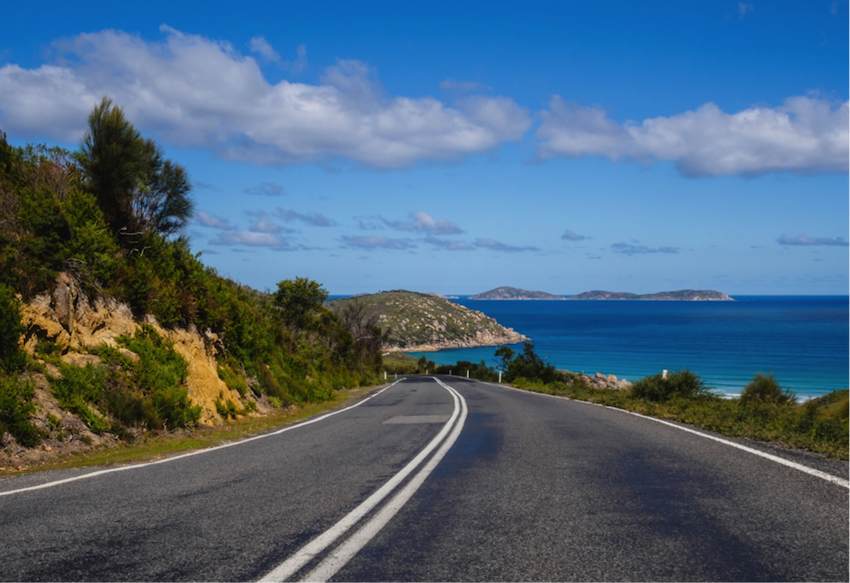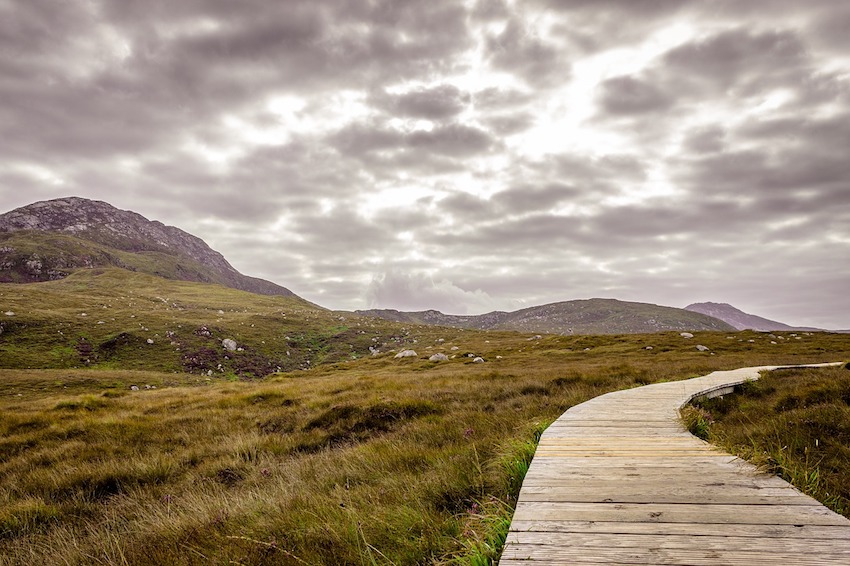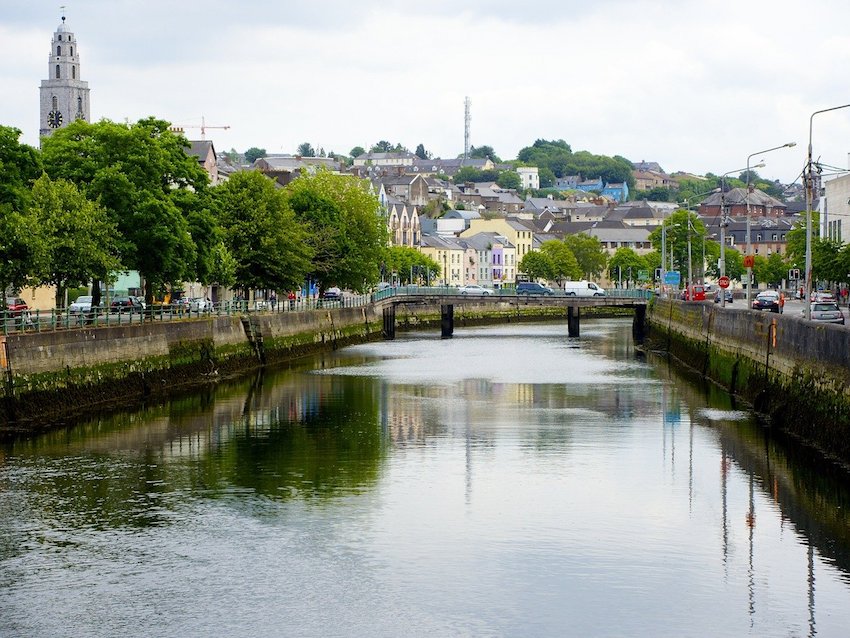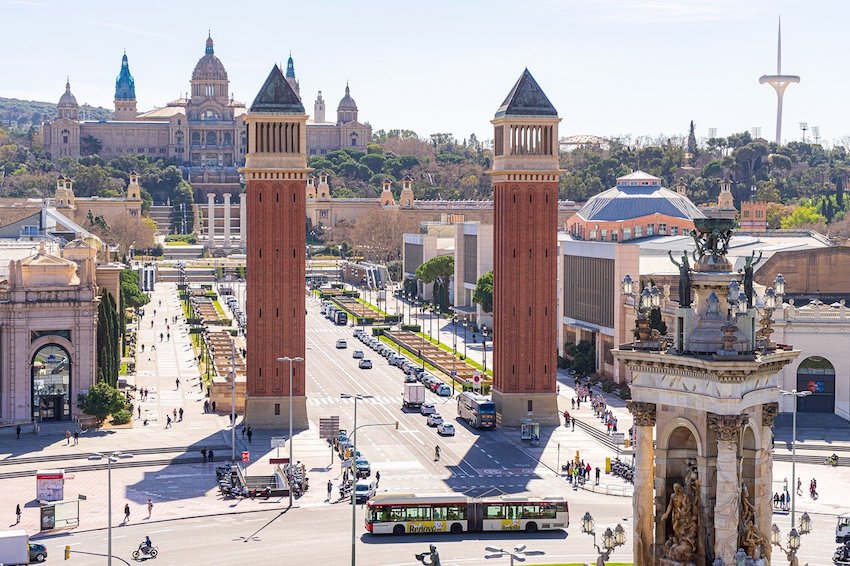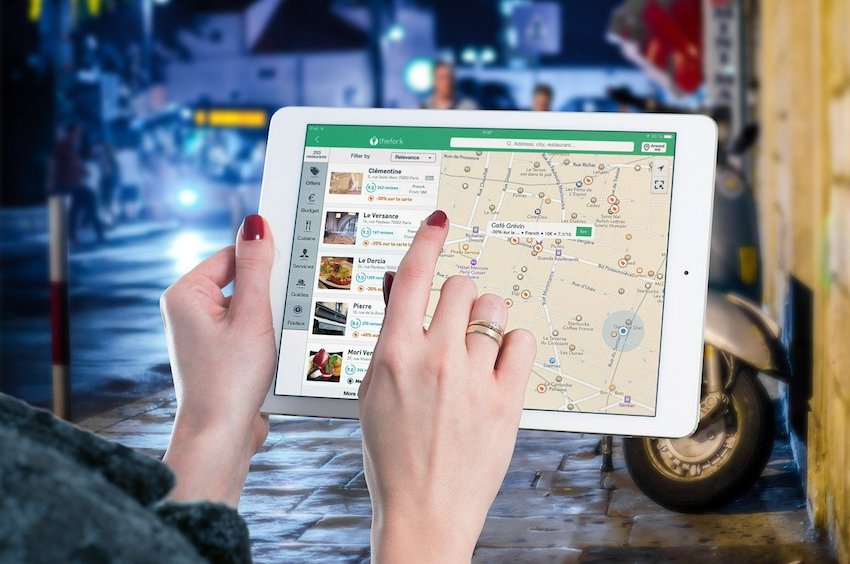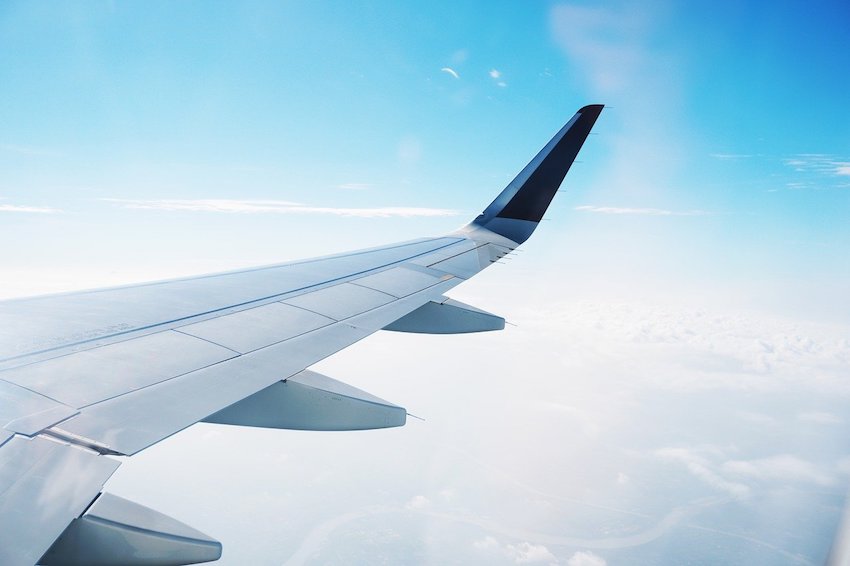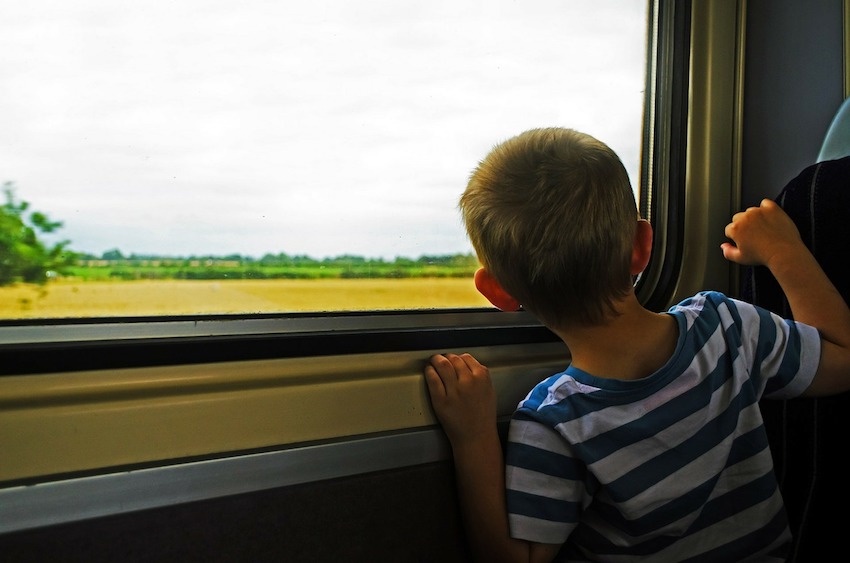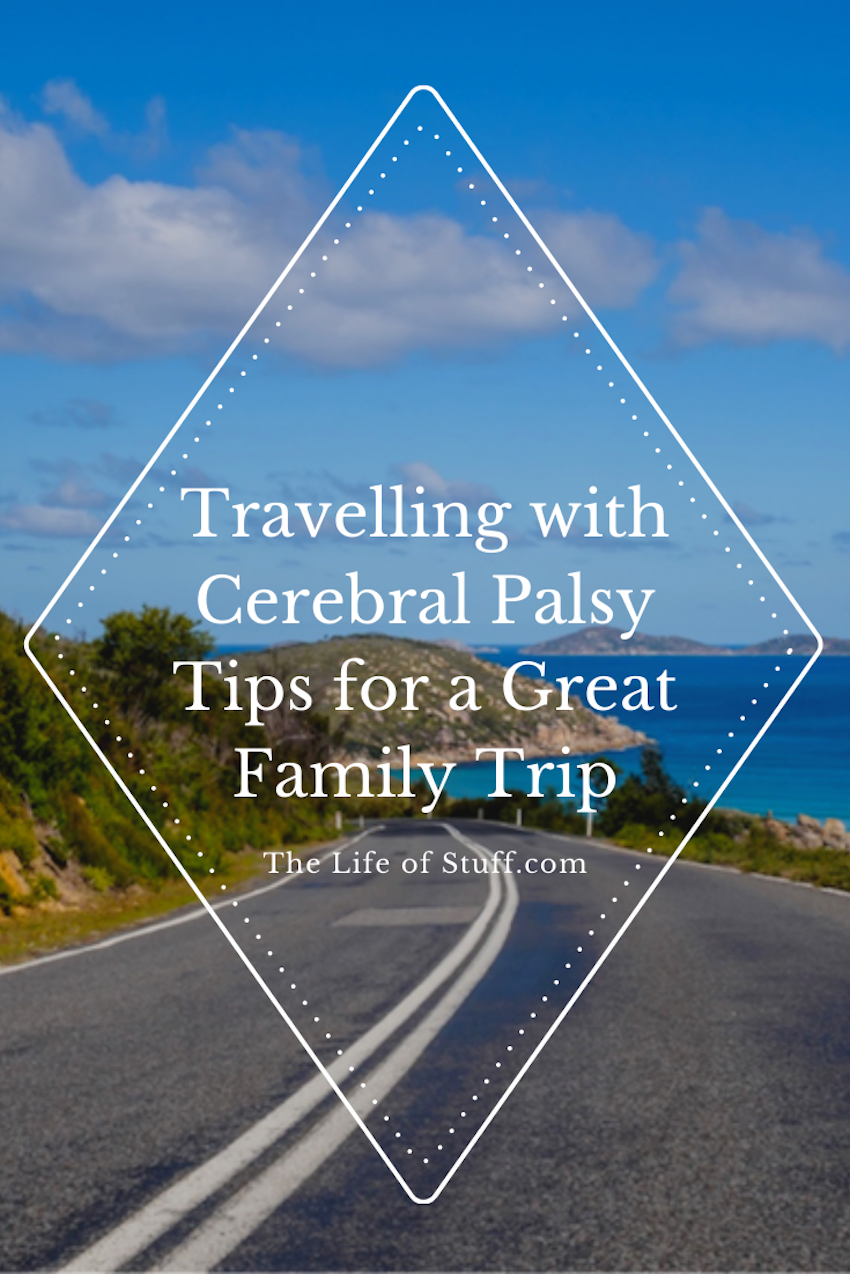Travelling with Cerebral Palsy: Where to Go, What to Pack, and More
Travelling with a child who has cerebral palsy can be difficult, but there are numerous places you can go and preparations you can make to make it easier. Find out more, here …
Having a child with cerebral palsy can sometimes limit the number of things you can do with them, which can be heartbreaking for a parent. Fortunately, travelling doesn’t have to be one of those things.
If you have some money squirrelled away, or you have compensation payments from a cerebral palsy claim, you could use it to take your child on a family trip.
In this post, we’re going to share some of the best places to travel with your child and give you some tips on what to pack and how to prepare. But, before we get into that, we’re going to briefly outline why it might be difficult for a child with cerebral palsy to travel. Whatever the potential setbacks, these hurdles can always be jumped …
Why Might Someone with Cerebral Palsy Struggle to Travel?
Cerebral palsy is an umbrella term for a series of lifelong conditions that affect movement and coordination. It’s primarily caused by issues before, during or soon after birth. Cerebral Palsy is often classified by severity level – these levels range from no CP to mild, then moderate to severe. And because severity levels can range, so too can the symptoms of CP – an example can include; walking independently to being dependent on mobility aids.
Some Symptoms of Cerebral Palsy
Symptoms of cerebral palsy and their severity, can make it difficult to perform everyday tasks. Symptoms can include:
- Posture issues: the child appears either too stiff or too floppy.
- Weak arms or legs.
- Movement issues: random or uninhibited movements.
- Walking on tiptoes.
- Other difficulties: such as with speaking, swallowing, vision and learning.
Types of Cerebral Palsy
There are also different types of cerebral palsy that have their own unique markers:
- Spastic cerebral palsy: rigid and tense muscles that make it challenging to move and reduce the child’s range of motion.
- Dyskinetic cerebral palsy: muscles swap between stiff and floppy which causes unrestrained movements and spasms.
- Axatic cerebral palsy: balance and coordination issues making the child clumsy and shaky.
- Mixed cerebral palsy: the child has symptoms across many varieties of cerebral palsy.
It’s easy to see why these symptoms and types of CP might make it difficult for children with cerebral palsy to travel, but thankfully it’s not as hard as it first appears.
What Are Some of the Best Places to Travel for Someone with Cerebral Palsy?
When it comes to travelling with a child with cerebral palsy for the first time, it’s recommended that you do it locally. Once you’ve been on a few road trips with them, you can start to apply the same principles to travelling abroad.
Local Places to Travel in Ireland
Here are three of the best places to travel in Ireland:
1. Connemara
If you’re looking for a remote holiday where you can spend time looking at stunning views and learning about nature with your child, Connemara is the place to go. North-west of Galway City, Connemara has an alluring wilderness with slate-coloured lakes, sheep covered mountains, weathered coastlines, small towns and hidden bays.
2. Cork
If remote wilderness isn’t your thing, you could always take your child to Cork City. You could take them to the cherished English Market, the Glucksman gallery in the grounds of University College Cork, or the Crawford Art Gallery.
The good people at Cork City Council have worked with a wide range of disability groups to make the city as accessible as possible.
3. Dublin
This might seem like an obvious choice, but that’s because it is. Dublin City has a huge number of wheelchair accessible attractions to take your impaired child.
From Art galleries, to parks and gardens, there are a number of attractions in Dublin City including Dublin Zoo available to you. There are also enough shops, cafés and restaurants to visit if your child isn’t into history or the arts.
Places to Travel in Europe
As we said earlier, you should probably take your child on a few local trips before you travel abroad. That said, once you have those under your belt, here are some of the best places to go further afield:
1. Barcelona, Spain
Barcelona is a hugely popular holiday destination which has gone through great efforts to make accessibility commonplace throughout the city. Not only are the pavements and public transport wheelchair accessible, there’s a city beach that’s ideal for wheelchair users. It has wheelchair accessible walkways, a lifting crane, accessible changing facilities and even lifeguards to help wheelchair users into the water.
2. Berlin, Germany
Like Barcelona, Berlin has accessible public transport, lots of accessible accommodation options, and accessible pavements throughout the city. You can visit Checkpoint Charlie, the Berlin Wall, the UNESCO World Heritage Site and more with your child.
Even if the cultural goliaths of this city don’t appeal to you, the number of things you can do in the city, from its Art galleries to Legoland, is plentiful. So, you’re sure to find something to enjoy as family.
3. Nantes, France
If you’re looking for somewhere a little less crowded, but still accessible to your child with cerebral palsy, look no further than Nantes.
You can take the artistic trail ‘Le Voyage a Nantes’ which has been made accessible for those with physical, sensory or mental impairments. Le Chateau des Ducs de Bretagne won an award for its efforts at making all disabled people welcome.
What Sorts of Things Should I Do to Make the Trip Successful?
Now that we’ve shared our list of places to travel with cerebral palsy, it’s time to give you some advice on how to make the trips easier.
Build Up the Length of Your Trips
If you’re travelling locally, increasing the length of your trips incrementally is the best way to get your child used to the process. Especially for children who aren’t used to being in a car for long periods of time, going on a shorter road trip for practice is a good idea. For example, try taking a trip to a neighbouring city before you travel to one on the other side of the country.
Check Wheelchair Access
We talked about wheelchair considerations a bit in our travel recommendations but if your child uses one, it’s key that you check the accessibility of any place you travel to before you go there. Thankfully, Google maps has a feature that shows if a location is wheelchair accessible or not.
Even with the help of Google Maps, it’s a good idea to double check the cities and attractions within those cities before you decide to go there.
Stop Frequently
You might want to get where you’re going as quickly as possible, because then at least the trip is over, and you’ve saved the effort of a long trip. That said, it’s actually better to make frequent stops to reduce the frustration of being in a confined tight space for too long. Stopping every few hours, or however long your child is able to last without getting frustrated, is the key.
Pack a Cooler
Many children with cerebral palsy have to follow a specific diet, have snacks they prefer, and may even have food allergies. So, take a cooler filled with food and snacks to take with you so you can reduce the amount of time it takes to find this food once you’ve reached your destination.
Flying with Cerebral Palsy
Aeroplane trips with children with cerebral palsy are actually quite easy. Airlines accommodate disabled people better than most, all you have to do is:
- Book disabled seating in advance.
- Arrive at the airport well ahead of time in case flight plans change or there’s an issue with seating arrangements.
- Check in a wheelchair or other mobility device at the baggage check-in.
- Prepare your child’s carry-on back with things that make them comfortable such as a special blanket, comfort toys, electronics, etc.
Even though plane trips aren’t as long as road trips, they are a different kettle of fish and you should sit down with your child and prepare them for it before you go. You don’t want your child to be caught off guard. You could create a motivating story about how amazing it is to travel through the air to really sell it to them.
Lots of children with cerebral palsy rely on medications, and with rules on medications on flights, you should make sure to clearly label any over-the-counter medication. What’s more, any medication accessories, such as ice packs and gel bags, should be completely frozen before you check-in. Otherwise you might be held back whilst they’re screened.
Is it a Good Idea to Travel with Cerebral Palsy?
In this post, we’ve managed to cover why having a child with cerebral palsy might make it difficult for them to travel. We’ve then shared some of the best places you can take them both locally and abroad, as well a list of things to consider to make the whole trip easier.
Travelling with cerebral palsy is getting easier by the day, with more cities and countries doing everything they can to make tourism more accessible. There is no reason why you shouldn’t be able to enjoy a holiday with your child, and it will be a great character-building experience for them.
PIN IT:
*****
Follow The Life of Stuff on Facebook | Twitter | Pinterest | Instagram

